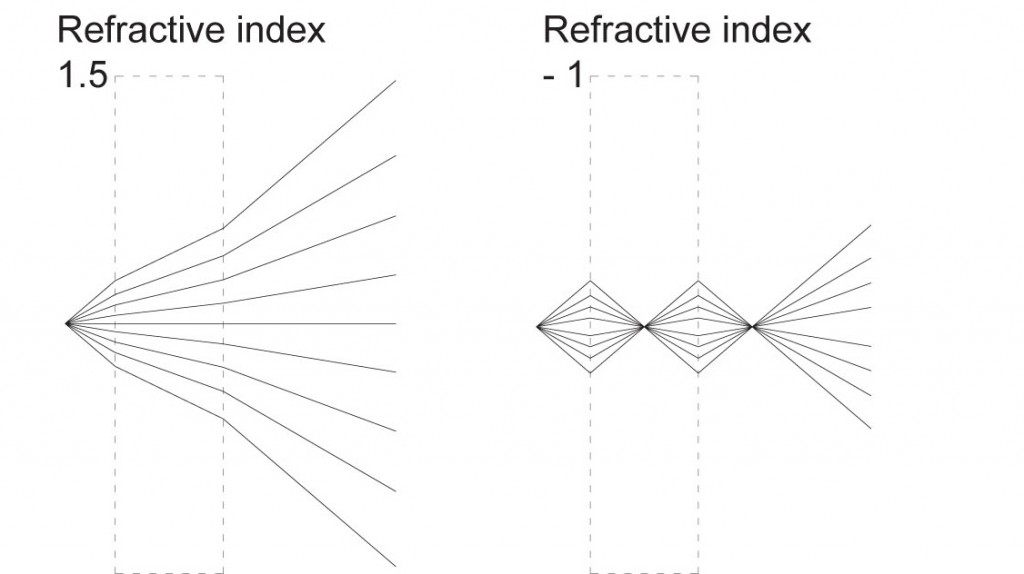What most people don’t realize is that aluminum is practically the perfect recyclable material. Out of the most common recyclable materials that clutter up our landfills—glass, paper, metals, cardboard, plastics—aluminum is the only material that’s endlessly recyclable, 100% recyclable, and that pays for itself. Here are some other interesting facts we bet you don’t know about aluminum recycling:
• It takes energy to make aluminum from scratch. The energy you save by recycling a single aluminum can will run a TV for three hours.
• In fact, it takes 95% less energy to make aluminum from bauxite ore than to recycle old aluminum into new.
• Aluminum can be recycled over and over without breaking down. In theory, we have an inexhaustible supply of it in circulation right now. If we recycled all our aluminum, we’d never have to make more.
• Most people don’t realize how strong a metal aluminum is. Four six packs can support the weight of a 4,000-lb. aluminum car.
• Aluminum has a phenomenally high melting point—1,220ºF
• Four pounds of raw bauxite ore is saved for every pound of aluminum that is reclaimed in the recycling process.
• Aluminum is valuable. It’s still very much in demand, and recycled aluminum is just as useful and desirable as new. In fact, aluminum is the only recyclable material that depots can recoup their recycling costs with.
• Making aluminum from bauxite ore is a dirty process—and burning it is even worse. By doubling our aluminum recycling rate, we could cut a million tons of pollutants per year out of the atmosphere.
References:
DLR London City Airport Extension
http://www.professorshouse.com/Your-Home/Environment/Recycling/Articles/Recycling-Aluminum-Cans—Fun-Facts/





